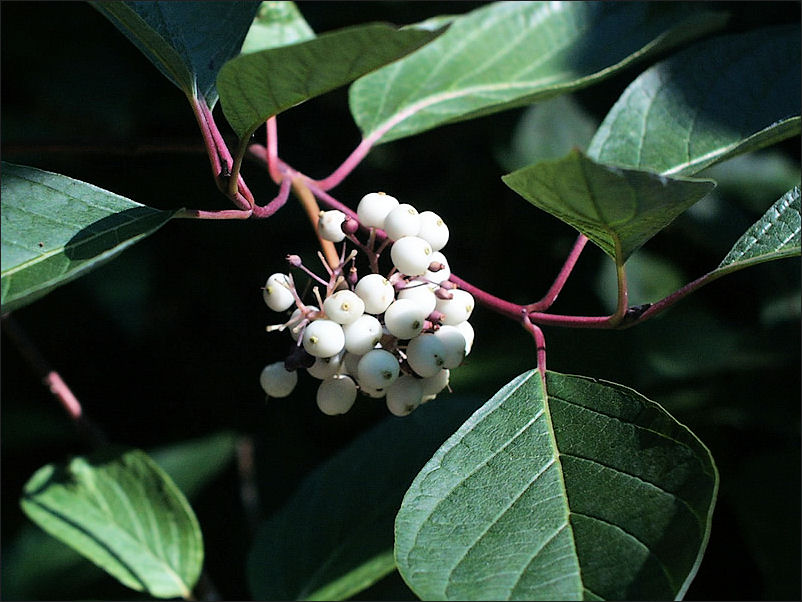How to Identify Pests That Harm Dogwood Trees

Dogwood, formally known as Cornus, is a genus with 30 to 60 known species of woody trees. Eurasia, North America, China, Japan and the south-eastern US are particularly rich in native dogwood species. Just like any other family of trees, there are a number of pests which can harm dogwood trees. These pests call for proactive management in order to ensure that the trees remain healthy and in good shape. Here is a list of pests which infect dogwood trees and the ways in which these pests can be identified easily.
Instructions
-
1
Discula Anthracnose
A large number of dogwood trees in the eastern US are harmed by this pest. Lower bracts and young leaves are the first to be affected by this disease. It causes the veins of a dogwood tree to blacken and the margins to scorch. Furthermore, tree leaves are blighted, shoots are infected and twigs develop cankers due to this disease. If the cankers are not dealt with in time, the entire dogwood tree may end up dead. -
2
Spot Anthracnose
This pest is caused by the Elsinoe fungus. Spot Anthracnose is the most common pest which can considerably harm dogwood trees. Although it does not cause tree death all on its own, it can make a great contribution towards the decline of a dogwood tree. When a dogwood tree is infected by spot anthracnose, 1/16 to 1/25 inch spots with reddish-purple borders start to form on foliage and flower bracts of the tree. -
3
Powdery Mildew
Powdery Mildew is one the deadliest pests which can infect a dogwood tree. It is easy to identify because a white powder starts to form on the leaves of the tree. Furthermore, trees affected by powdery mildew tend to develop twisted and distorted foliage. -
4
Dogwood Borer
Dogwood borer is the most dangerous of pests which can harm a dogwood tree. Dogwood trees which flourish in direct sunlight are more susceptible to this pest. One of the most evident symptoms of dogwood borer is appearance of dark frass on the bark of the dogwood tree. Larvae which spread dogwood bearer can be seen at the end of bark sections covered in frass. Dieback and adventitious shoots are other symptoms of dogwood bearer. -
5
Canker and Root Rot
When the roots and soil in which a dogwood tree is planted remain saturated for a long period of time, the tree can be infected by canker and root rot. Trees affected by this pest develop an unhealthy appearance. Foliage starts to droop and twigs start to die if this pest is not treated in time.







